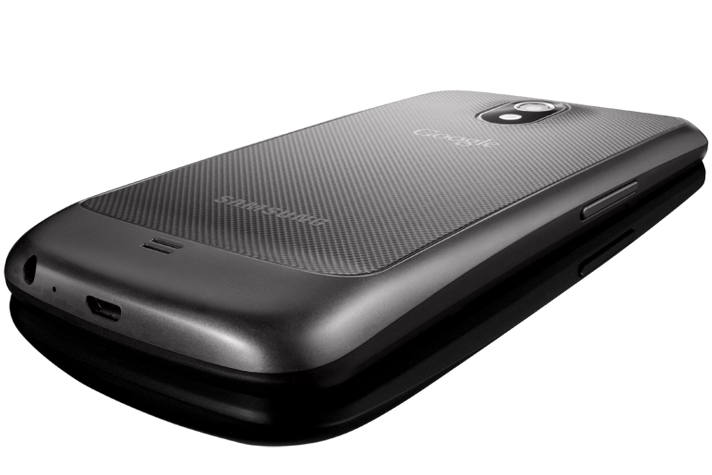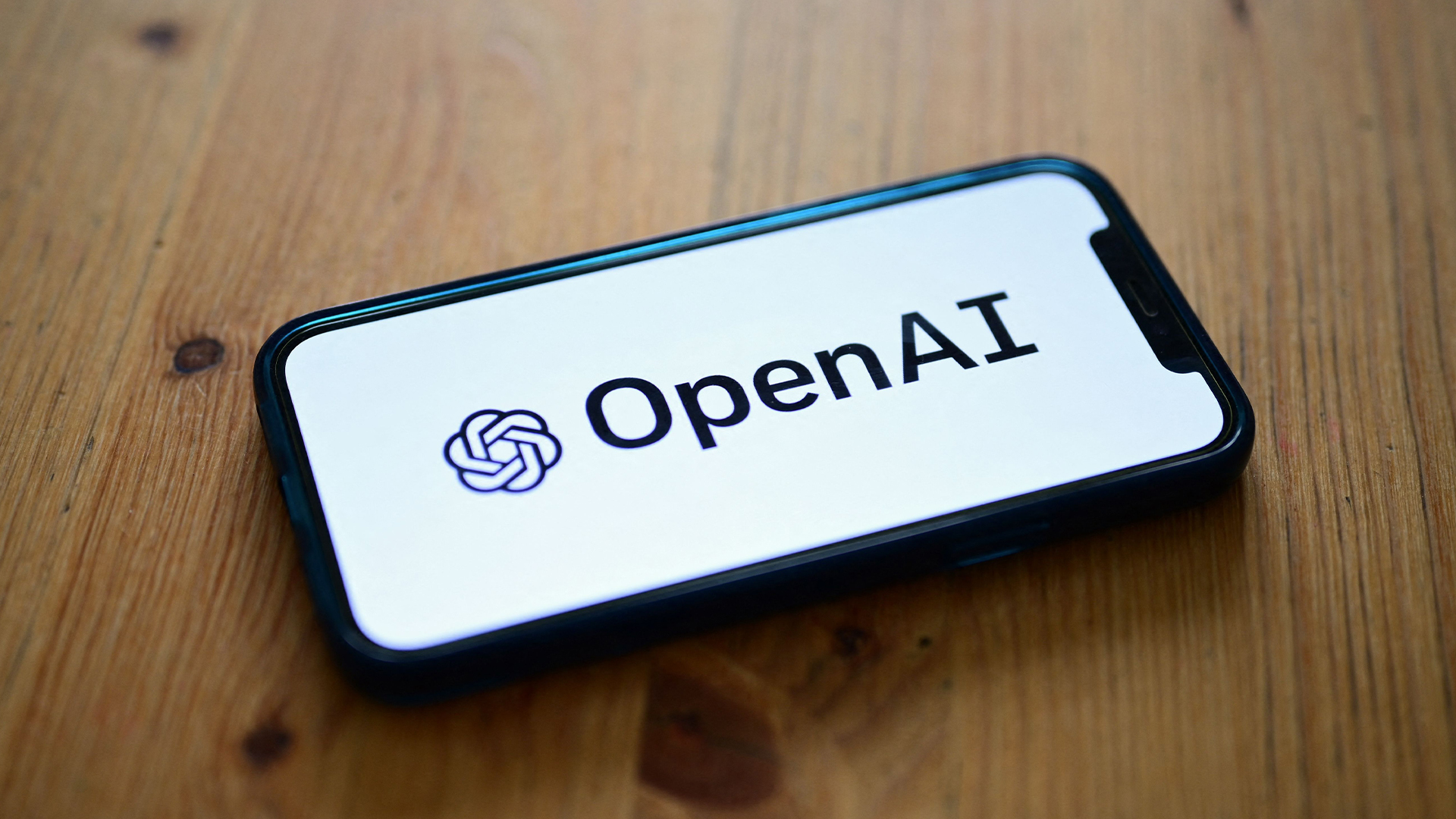Google Galaxy Nexus review
Google's latest own-brand Android smartphone is here. Its massive high-resolution screen and brand new Ice Cream Sandwich operating system left a big impression on Julian Prokaza as our review reveals.
Slick hardware combined with a seriously refreshed version of Android make the Galaxy Nexus a very capable smartphone. The fact that it’s the only smartphone designed for Android 4 that's also actually available to buy right now only serves to make it more desirable.As good as it is though, we suspect other manufacturers will do better with new models early next year – especially with phones we can actually hold comfortably. So as tempted as we are, we’d hold onto our pennies for now.
The Galaxy Nexus is the third Android smartphone to appear with Google branding since the mobile OS first appeared three years ago. As with previous devices released under its own name, Google's intent for this new Samsung-made model is as a technologies showcase for its new ideas and this time around, the biggest of these is Android 4.
Android 4, AKA Ice Cream Sandwich' (ICS) finally unifies the two different versions of Android that have been in active use over the last year: Android 2.3.x Gingerbread' on smartphones and Android 3.x Honeycomb' on tablets. Google cited fundamental technical issues as the main reason for not releasing Honeycomb for smartphones before now, so ICS will be the first time a common version of the OS with a consistent interface has been available for both platforms.

Although meant to be a flagship smartphone, Samsung hasn't really pushed the boat out with the Galaxy Nexus' construction.
Although meant to be a flagship smartphone, Samsung hasn't really pushed the boat out with the Galaxy Nexus' construction. It's a slim and stylish looking handset that feels more than robust, but the metallic grey plasticky case doesn't exactly tally with the premium price. The core specification isn't anything we haven't seen before either, and the Galaxy Nexus has the same 1.2GHz ARM Cortex-A9 dual-core processor with 1GB of RAM and 16GB of user storage space as the Samsung Galaxy S II and Motorola RAZR, though it lacks the memory card slot found on those models.
The specification might be the same, but the Galaxy Nexus isn't quite as quick as those two other Android smartphones in the Quadrant Standard synthetic benchmark, where it scored 2011 to the Galaxy S II's 2977 and the RAZR's 2570 (higher is better). That could be down to the extra processor overhead of ICS, but the new OS is also the reason for the improved JavaScript performance, where web browser optimisations meant it scored 1890ms in the SunSpider test, compared to the Galaxy S II's 3423.3ms.
Our usual video player benchmark wouldn't run properly with Android 4 and so we couldn't run our usual battery test, but 30 hours of MP3 playback in Flight Mode is reasonable, as is the claimed 17 hour talk time/290 hour standby time.
Get the ITPro daily newsletter
Sign up today and you will receive a free copy of our Future Focus 2025 report - the leading guidance on AI, cybersecurity and other IT challenges as per 700+ senior executives
-
 Women show more team spirit when it comes to cybersecurity, yet they're still missing out on opportunities
Women show more team spirit when it comes to cybersecurity, yet they're still missing out on opportunitiesNews While they're more likely to believe that responsibility should be shared, women are less likely to get the necessary training
By Emma Woollacott Published
-
 OpenAI wants developers using its new GPT-4.1 models – but how do they compare to Claude and Gemini on coding tasks?
OpenAI wants developers using its new GPT-4.1 models – but how do they compare to Claude and Gemini on coding tasks?News OpenAI says its GPT-4.1 model family offers sizable improvements for coding, but tests show competitors still outperform it in key areas.
By Ross Kelly Published
-
 Meta just revived plans to train AI models with European user data – here’s how you can opt out
Meta just revived plans to train AI models with European user data – here’s how you can opt outNews Meta has confirmed plans to train AI models using European users’ public content and conversations with its Meta AI chatbot.
By Nicole Kobie Published